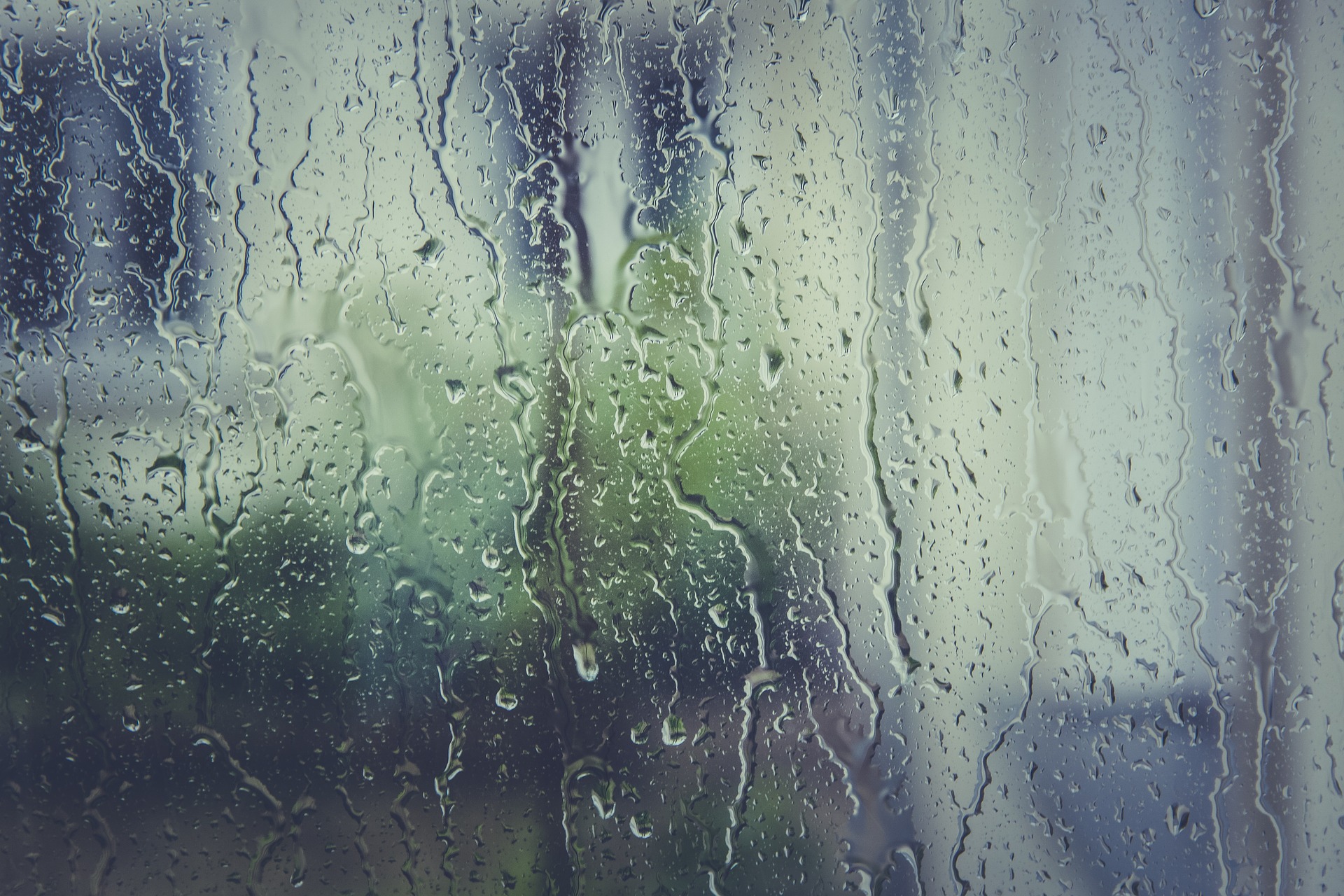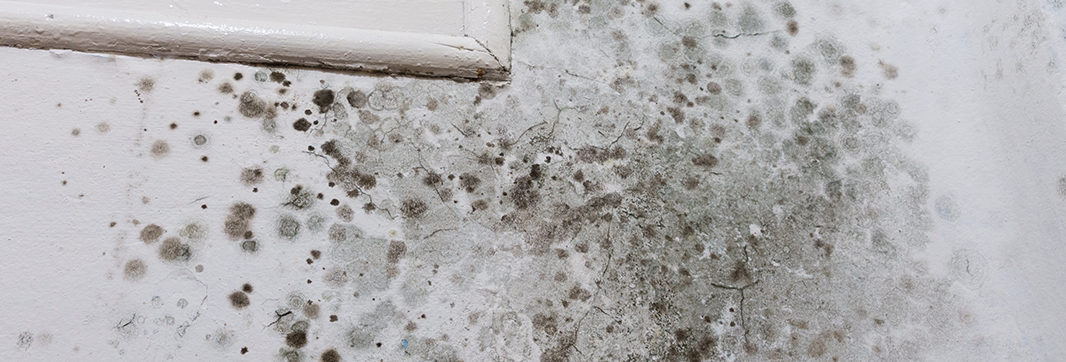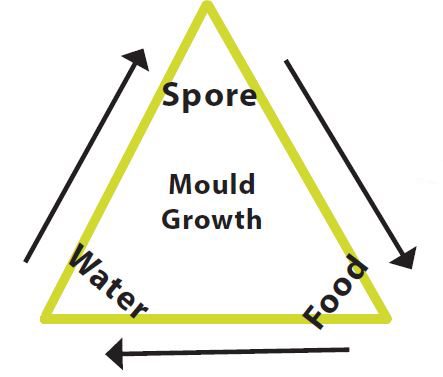What is condensation, damp and mould?

What is condensation?
Condensation is probably the most common form of moisture in the home and is highly dependent on the levels of humidity, temperature, ventilation and permeability of materials (their texture and insulation value). Condensation generally occurs when the internal humidity level increases, causing warm moist air, which then meets colder surfaces like a wall or window. The humid moist air is unable to retain the same amount of moisture and the water is then released onto the colder surface as condensation droplets. If left untreated, mould will begin to grow. It will also occur in areas where the air is still, such as inside storage cupboards, in corners of rooms at low and high level and behind furniture placed against walls.

This can take two main forms:
- Surface condensation arises when the inner surface of the structure is cooler than the room air.
- Condensation inside the structure (interstitial) is where vapour pressure, forces water vapour through porous materials (e.g. walls), which then condenses when it reaches colder conditions within the structure.
The conditions that can increase the risk of condensation are:
- Inadequate ventilation e.g. Not opening windows and trickle vents and not using extraction fans in bathrooms and kitchens.
- Inadequate circulation e.g. not allowing air to circulate around furniture.
- Inadequate heating e.g. undersized boilers and radiators.
- Inadequate thermal insulation e.g. Missing or defective wall and loft insulation.
- Poor building design and construction – specific cold areas (bridging) which are integral with the building construction.
- Poor heating – not heating the house.
- High humidity – not covering pans when cooking and drying laundry inside the house can contribute to this.
- Overcrowding, house pets and plants all produce moisture and can increase humidity too.
Condensation can be identified in your home if you see signs of droplets of water on windows and walls and the presence of black/green speckled mould growth, or grey/white fluffy mildew. If condensation is not dealt with swiftly this can quickly allow mould and mildew to develop and grow.
Click here to read How to prevent Condensation, Damp and Mould.
What is Damp?
Damp is the presence of moisture, water and condensation within a home. Problems with damp in your home can easily occur but without any warning signs and can cause serious damage to your building’s infrastructure if left. When looking for damp in your home there are a number of signs that you can look out for such as a damp musty smell, black spot mould or in extreme cases dry rot and wet rot growth on walls.

Penetrating Damp:
Occurs if water (rainwater or otherwise) is coming in through a wall or roof, (for example under a loose roof tile) or through cracks. It can be identified by:-
- Discolouration of internal walls or ceilings.
- The presence of tidemarks or salt deposits.
- Blown or blistered plaster.
- Rusted nails in skirting boards and floor timbers.
Random damp patches to walls and ceilings (at any height) may appear and severe mould on internal walls and window frames may be present.
Click here to read How to prevent Condensation, Damp and Mould.

Rising Damp:
Rising damp is a rare form of damp that affects the walls of buildings. It happens when moisture from the ground travels up through the walls by capillary action. Where the water is effectively sucked up through tiny tubes in the bricks.
- Normally found around porous building materials such as plasterwork and the timber found in the floor boards, joists and skirtings. These materials will also absorb the ground water easily and you may find evidence of wet rot in the timber.
- First noticed by the damage it causes to the internal walls. Plaster and paint can deteriorate and any wallpaper will peel away. A visible stain appears on the wall in the form of a tide mark at the point where the ground water has reached. You may also see salts blooming on the internal surface.
Click here to read How to prevent Condensation, Damp and Mould.
What is mould?
Mould often looks like ‘fuzz’ or appears to be a stain, smudge or discoloration. The most common moulds are black, green or white. Mould is a fungal growth that forms and spreads on various kinds of damp or decaying organic matter, these spores are naturally occurring and are found everywhere from internal and external environments. However, too many mould spores can lead to unwanted consequences, such as physical damage to property or adverse health implications.
- Mould grows best in environments that have 60 percent humidity or higher and in ALL temperatures.
- Mould grows on both live and dead organic material, including furniture, paint, paper and wood products, insulation, fabric and food.
- Mould requires poor air circulation to enable it to thrive, if the air in the home becomes stale and saturated through humidity the moisture droplets will migrate and condense on the nearest cold surface and begin creating mould.
Click here to read How to prevent Condensation, Damp and Mould.



